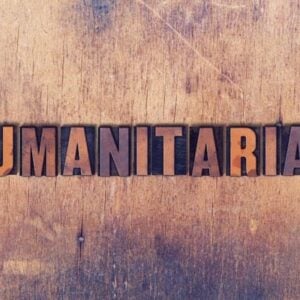A 6.0 magnitude earthquake that struck eastern Afghanistan on August 31, 2025, caused an estimated $183 million in direct physical damage to buildings and infrastructure, according to a World Bank report. The disaster, the deadliest in Afghanistan since 1998, claimed around 2,000 lives and severely affected between 500,000 and 1.3 million people. The Afghanistan Global Rapid Post-Disaster Damage Estimate (GRADE) Report provides critical data to guide emergency response, recovery planning, and risk reduction strategies. It focuses on direct economic losses to physical assets and does not include production, income losses, or broader reconstruction costs.
The earthquake’s total direct economic damage represents just over 1% of Afghanistan’s GDP for fiscal year 2023. The provinces of Kunarha and Nangarhar were the hardest hit, accounting for 97% of the total damage, with losses of $134.7 million and $42.6 million, respectively. Residential buildings suffered the largest share of damage, approximately 35%, followed by non-residential structures and agricultural assets. Many homes were highly vulnerable, constructed from earthen and stone masonry with weak mortar and heavy roofs. Agricultural losses, including damaged grain storage and livestock shelters, were significant, and essential services in health and education were disrupted.
The GRADE assessment also developed a Socio-economic Vulnerability Index to highlight areas where pre-existing fragilities—such as limited healthcare, poor market access, gender inequality, ongoing conflict, and weak water, sanitation, and hygiene systems—could amplify disaster impacts and slow recovery. These vulnerabilities underscore the need for targeted interventions in the most at-risk districts.
World Bank Country Director for Afghanistan, Faris Hadad-Zervos, emphasized the Bank’s commitment to supporting emergency response, recovery, and long-term resilience, prioritizing critical services for the most vulnerable, particularly women and children. Within days of the earthquake, the World Bank allocated up to $15 million from existing projects for emergency support. Initiatives such as the Community Resilience and Livelihoods Project are providing cash-for-work programs to restore roads, irrigation systems, reservoirs, retaining walls, and drinking water supply, while social grants assist vulnerable households. The Afghanistan Health Emergency Response Project is supplying medical care in 24 health facilities.
The GRADE report warns that overall recovery and reconstruction costs will far exceed the direct damage estimates. It stresses the importance of recovery strategies that address humanitarian needs, account for gender and conflict dynamics, and respond to broader socioeconomic disruptions.
The World Bank has a long-standing role in disaster risk management, focusing on protecting vulnerable populations and enhancing resilience. The GRADE methodology enables rapid assessment of post-disaster physical damages within two weeks, guiding immediate response and planning. The Afghanistan report was conducted with support from the Global Facility for Disaster Reduction and Recovery (GFDRR) and the Ministry of Finance of Japan, under the World Bank’s program for Mainstreaming Disaster Risk Management in Developing Countries.







